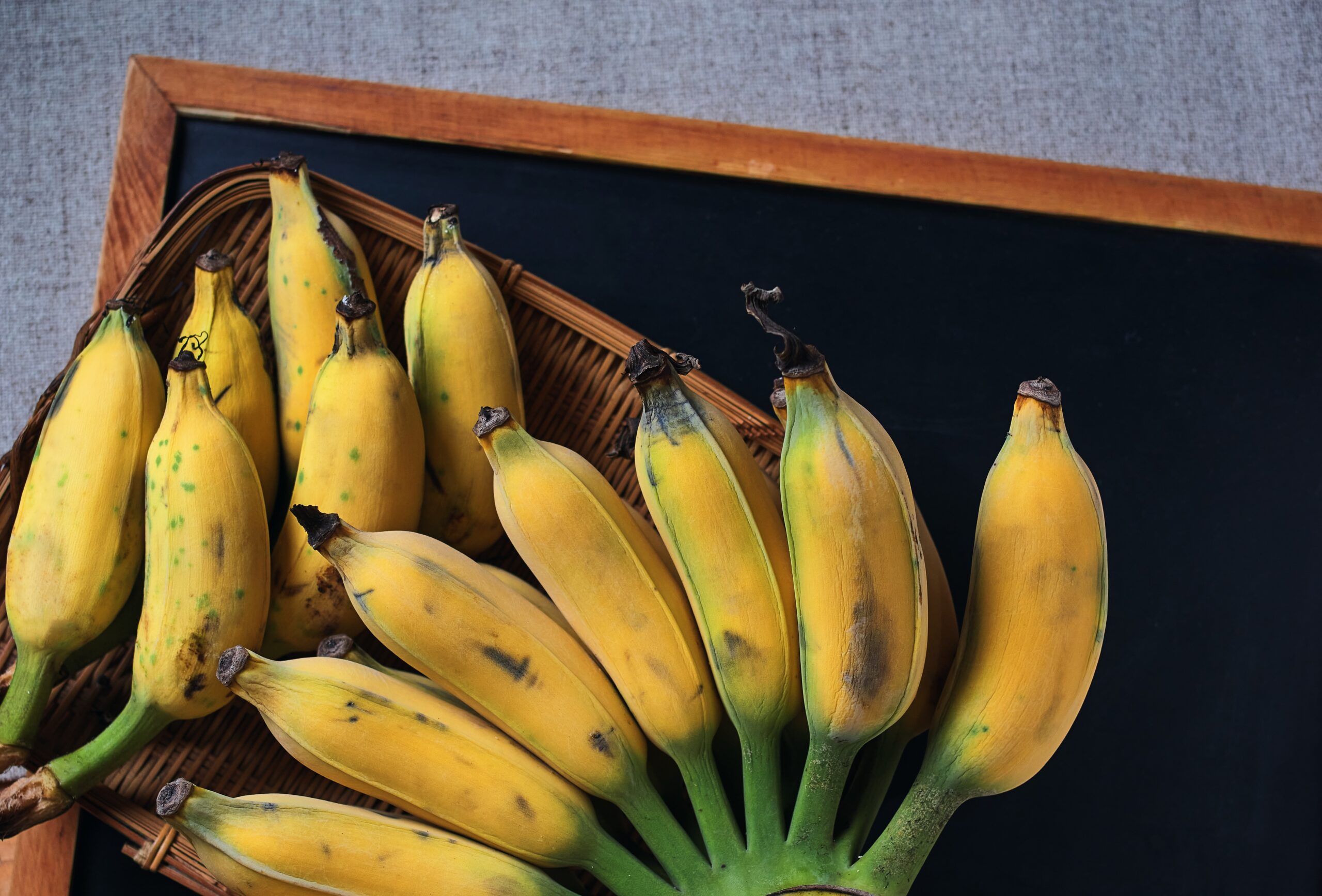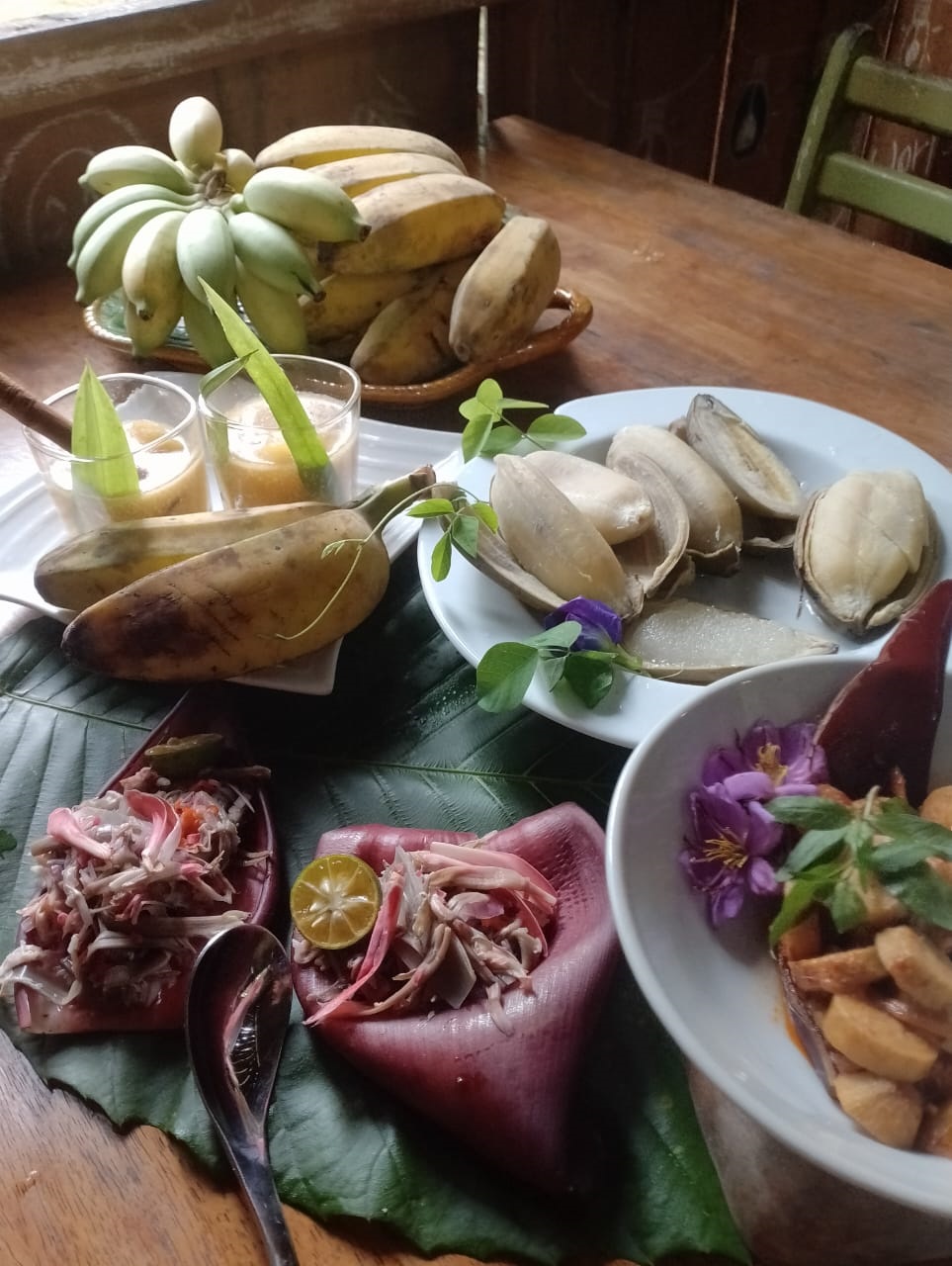From rituals to recipes, explore the heartfelt heritage of the humble plantain
Whether you’re casually wandering through a grocery store or exploring a lively street market, you’ll always come across bananas in various shapes and sizes. While they might not take the spotlight in the culinary world, they’re a staple in many cultures, thanks to their incredible versatility.
The familiar yellow berry has its origins in Southeast Asia, where it was first domesticated, but its story goes beyond those beginnings. It made its way to the West after Alexander the Great stumbled upon this curious fruit during his invasion of India in 327 BC.
Today, the banana plays a significant role in the global menu.

With its hardy nature and the ability to grow all year round, this unassuming fruit serves as a lifeline for many communities.
It’s a key ingredient in traditional cooking, prepared in a variety of ways encompassing the sweet as well as the savoury.
Aining Sinak, a member of the Dusun community in Kampong Lamunin in Tutong District, fondly reminisced about the various types of bananas her family cultivated and enjoyed during the 1950s. The banana plant was easy to grow, requiring low maintenance and serving as a readily available source of food, she added.
In those days, Aining explained, the bananas were simply allowed to grow wild near the house, and she recalled specific banana varieties, asserting that some, like bungai, lilin, and u’ai, are now seldom cultivated.
“The bananas we had back then are different from the ones we see today. Varieties such as bungai, lilin, and u’ai, which we used to grow, are increasingly rare,” lamented the 84-year-old.
Regardless of the variety, the banana held a central role in their heritage and customs, she added. While not exclusively tied to Dusun culture, banana-based dishes were commonly used in their culinary practices, especially during Tamarok events.
Tamarok are pre-Islamic era rituals of gratitude within the Dusun community. These ceremonies usually entail community members preparing dishes of cultural significance, intended as offerings.
The community dignifies the banana plant not only for its versatile fruits but also for the plant’s overall utility. This includes the leaves, used for wrapping or as placeholders, and the young shoot (umbut) and flower, which bring forth a new array of dishes.
“There were many dishes made using the bananas, one of the most easy and common, practiced by our elders were boiled bananas, which were eaten for breakfast or as an afternoon snack by being dipped in a mixture of white sugar and cooking oil,” continued Aining.

PHOTO: EYON UKOI
To date, there exist approximately a thousand banana varieties globally, each distinguished by a specific taste and texture suitable for particular culinary applications.
In the domain of savoury preparations however, the elderly member of the community highlighted the prevalent use of the sabah and kapas banana varieties. What is optimal for this recipe are young and unripe bananas, she said.
“It resembles more of a vegetable dish. Initially, the banana is peeled and subsequently cooked with salted fish, prawns, and dried anchovies,” she shared.
For those preferring a more soup-like consistency, the bananas are then prepared with the addition of coconut milk, complemented by a modicum of lemongrass and chilli.
Meanwhile to prepare the banana flower dish, start by peeling away the outer layers of the flower, leaving the inner pinkish-red layers.
“Clean the banana flower thoroughly and cut the inner part into four pieces, boiling them in water until they are cooked and tender.”
Once boiled, remove the banana flower from the water. In a mixing bowl, combine finely sliced shallots, bird’s eye chillies, and the juice extracted from six calamansi limes, stirring until the ingredients are well blended. If desired, a tablespoon of dried shrimp can be added for extra flavour.
Aining expressed that despite the banana’s humble origins in village cuisine, the fruit stands as a symbol of endless potential and deserves some heartfelt preservation for its diverse facets which make it a cherished culinary heritage. – Wardi Wasil


